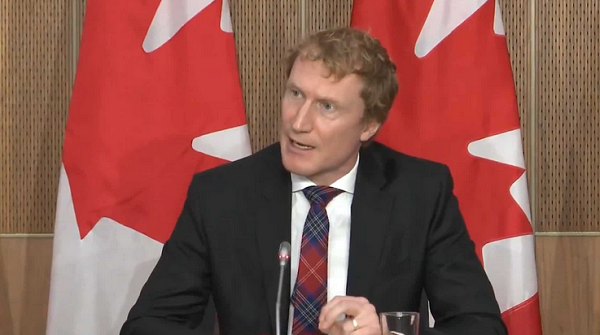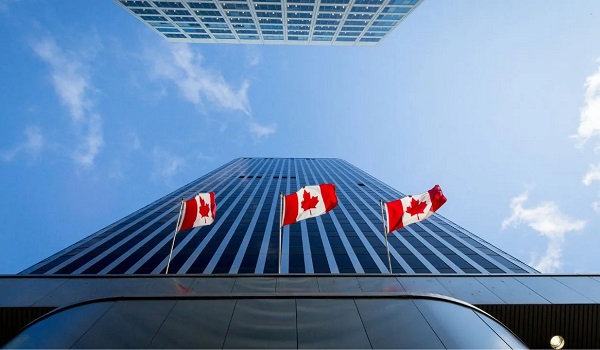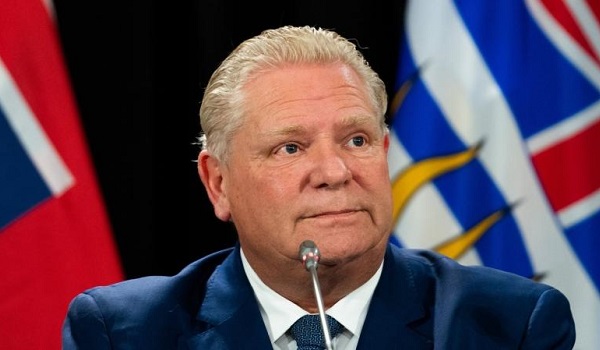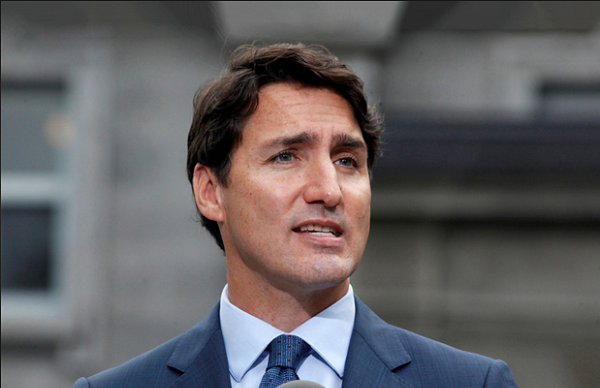Immigration minister refutes ‘false’ claims from US Republican senators on Canada’s immigration program for Palestinians
U.S. Republican senators are making “categorically false” claims about Canada’s immigration program for Palestinians fleeing Gaza, Immigration Minister Marc Miller said Thursday as he pushed back on claims from the senators that the measure puts American security at risk.
They urged Mayorkas to take greater precautions at the Canada-U. S. border because of the program, which they allege would allow people with “potential” ties to Hamas — which the U.S. and Canada consider a terrorist group — easier access to the U.S. The senators did not provide any evidence of Gazans coming to Canada under the program and then entering the U.S.
The senators claim those coming into Canada on the temporary resident visa (TRV) program are given a “refugee travel document” which replaces their passport, and can be used to travel outside of Canada and into the U.S., while they wait to apply for Canadian citizenship.
That is “categorically false,” Miller said in a statement to the Star.
Those kind of documents are only provided to people assessed as refugees through a separate program, and people coming through the program for Palestinians receive temporary visas or temporary permits only valid for transit within Canada, he said.
“It is equally false to suggest that applicants are eligible to apply for Canadian citizenship,” Miller said.
And — if those who come to Canada want to go to the U.S., it’s up to the U.S. whether they are let in, Miller pointed out.
“Like all temporary residents, extended family members from Gaza would be subject to entry requirements and documentation when entering the United States as per their legislation and policies,” he said.
The detailed statement debunking the senators’ claims also noted that the security screening involved draws on all of Canada’s security partners — including the U.S.
“Security screenings are tailored to the reality of the location from which the applicant seeking entry to Canada is applying, including enhanced screening as warranted,” Miller said.
“Canada will continue to work with local authorities — at every level — to facilitate and advocate for the safe exit of extended family members while ensuring the safety of Canadians.”
American worries about border security normally focus on that country’s southern boundary with Mexico and the immigration patterns there, but concerns over the Canada-U. S. line have bubbled up with increasing frequency in recent years.
So far this year, U.S. Customs and Border Protection has “encountered” more than 233 people on their terrorist watchlist at the U.S.-Canada border, saying that’s higher than in previous years. In 2023, according to U.S. data, there were 484 encounters, and in all of 2022, 313.
The numbers are significantly lower at the U.S.-Mexican border.
In the very early moments of this year’s Republican race for the presidential nominee, one candidate suggested there could be the need for a wall between Canada and the U.S., citing those same statistics.
During Donald Trump’s first term as president, there was acute tension between the White House and Canada over refugee policy. Though Trump once said he wished his country’s immigration system functioned more like Canada’s in terms of process, his broader anti-immigration rhetoric and policy changes — like travel bans from some countries — were seen as factors behind a surge of asylum seekers at the Canada-U.S. border, largely through unofficial border crossings.
When asked whether there were concerns this could happen again, Miller’s office said they can’t speculate on future policies, nor comment during the campaign.
This article was first reported by The Star













